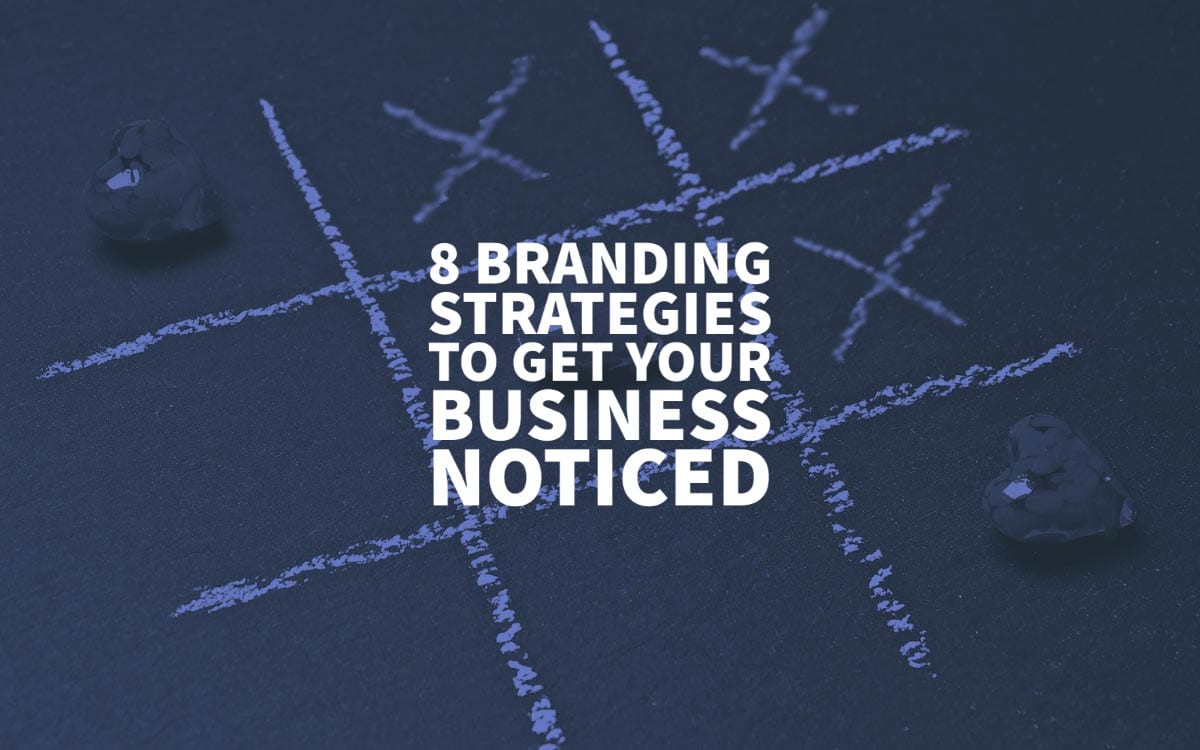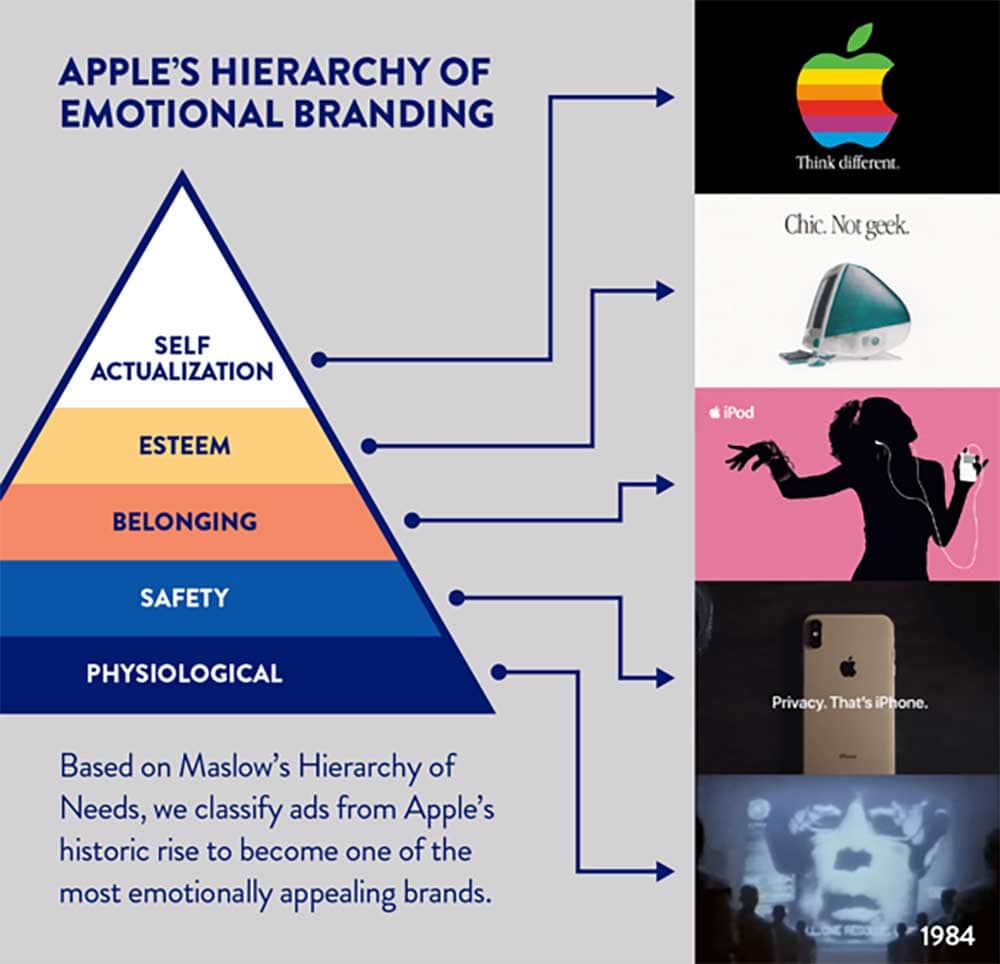
09 Dec 8 Branding Strategies to Get Your Business Noticed
8 Branding Strategies to Get Your Business Noticed
You might think that branding is something that’s reserved just for the Amazons, Nikes, and Teslas of the world.
But it doesn’t matter how big or small your business is.
If you want people to notice it, you need to start thinking about branding strategies.
And you don’t need a Facebook-sized bank account to brand your business effectively.
If you believe in the value of your business, rest assured that there are plenty of things you can do to grab people’s attention and make your business memorable.
Establish Who You Are
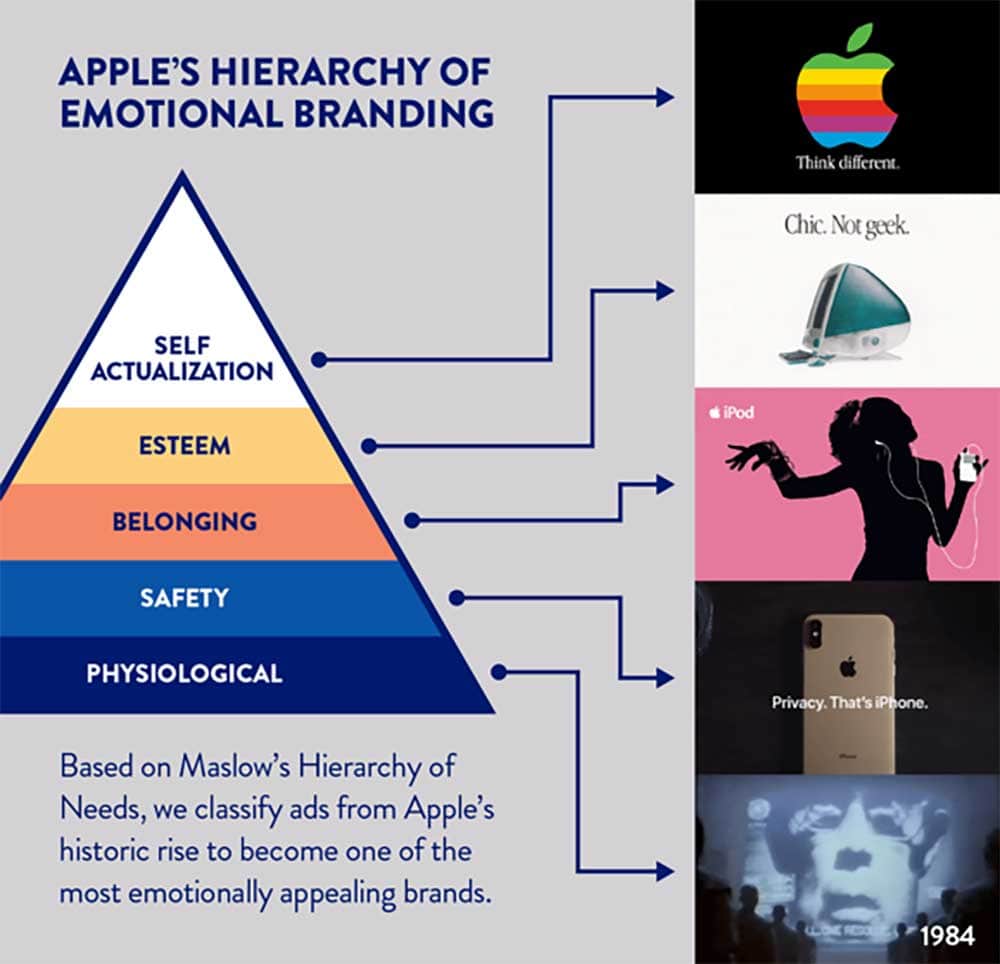
It would be best if you did some corporate soul-searching to get a clear idea of who you are as a brand.
Think about how you would answer these questions:
- What do you want your business to be known for in the marketplace?
- If you had to describe your business in three words, what would they be?
- What kind of difference do you want your business to make in the industry?
- What are your business’s core values?
The goal of all of this should be to figure out what’s your POD (point of difference).
This is the “special sauce” of your branding strategies.
It’s what makes consumers choose you over the competition.
- Do you use only ethically-sourced materials in your products?
- Do you offer faster and simpler solutions than your competitors?
- Are you the healthiest option on the market?
For instance, Subway’s POD is its claim that it makes healthier meals than other fast-food restaurants.
It would help if you incorporated your POD into your brand promise.
Your brand promise is the experience you deliver each time a customer interacts with your brand.
For instance, Subway promises to promote the customer’s wellbeing through nutritional responsibility.
This branding strategy brings the business to life by marketing a larger feeling to create an emotional connection between the brand and its customers. – Rivers Agency
Get Visual
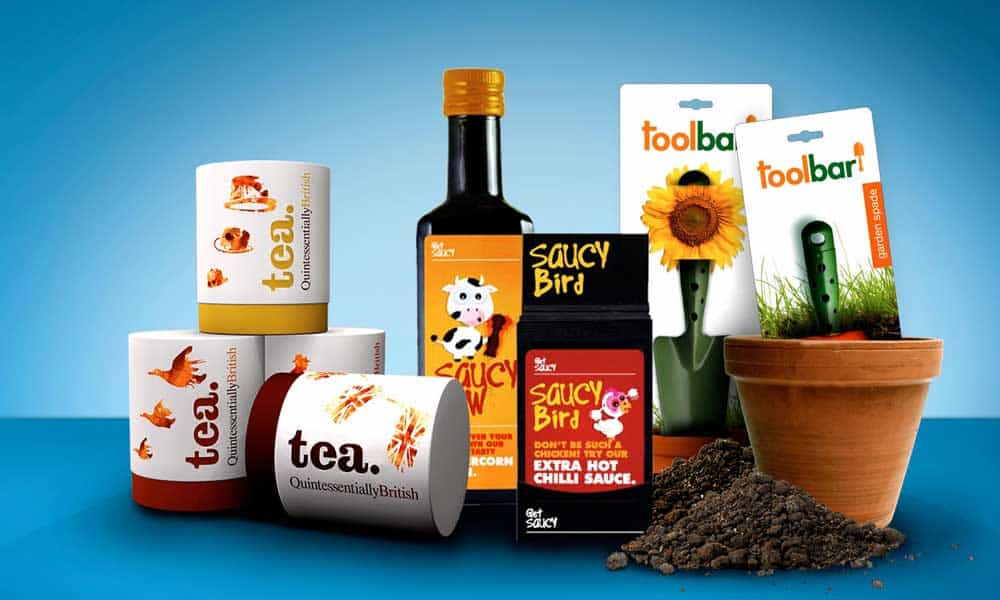
Visual elements are at the heart of your branding strategies.
Your logo is the most valuable visual asset you have.
It should be memorable and act as a jumping-off point for all your other visuals.
It’s essential to figure out the details of your visual branding, such as typography and brand colour palette, before you start designing anything.
It would be best if you created a brand style guide that lists all the do’s and don’ts regarding your visual brand strategy.
It will make sure that every person working on your visual brand strategy, such as your web designer, is on the same page.
It’s also vital to utilise colour psychology when creating visual elements.
The colours, shapes, and fonts you choose have a significant impact on how people view your brand.
Specific colours communicate particular messages and emotions.
There’s a reason why Facebook, Twitter, and LinkedIn have decided to go with blue.
Blue communicates calmness, trust, honesty, strength, and authority.
It is also the most popular colour in the world.
Humanise Your Brand
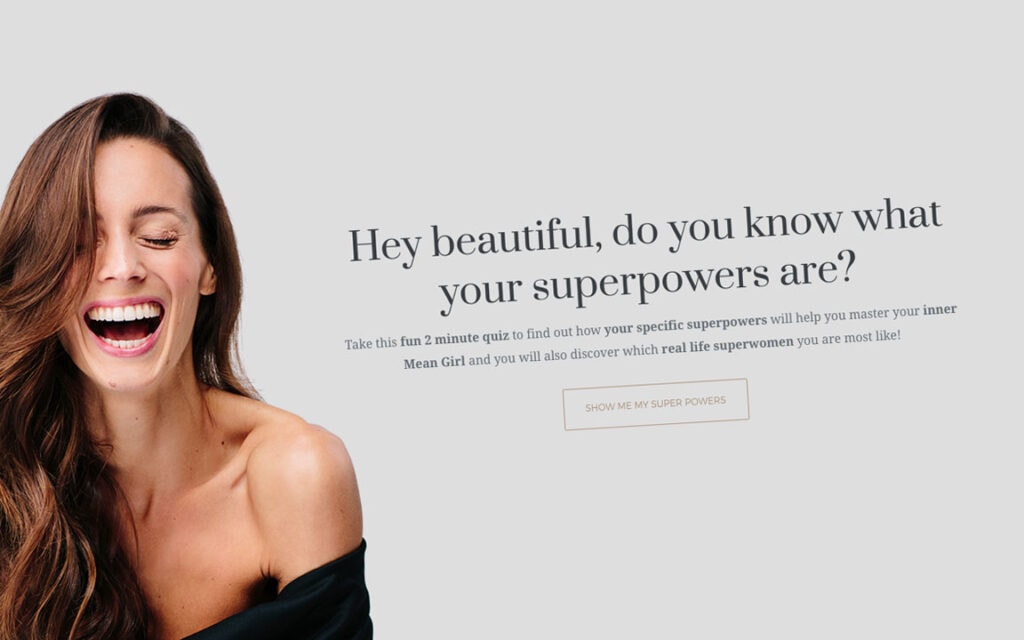
You need to humanise your brand if you want to connect with your audience.
Good storytelling is one way to do this.
The stories you create should showcase your mission and your values as a brand.
They allow you to communicate your message to consumers without coming across as too pushy.
Spotify’s 2020 Wrapped is an excellent example of how a company can humanise their brand through storytelling.
Introducing your employees to your audience is another way you can humanise your brand.
To add a personal touch to your brand, showcase the lives of the people who work behind the scenes and their experiences in your company.
McDonald’s is an excellent example of this branding strategy.
Not only does the company share the achievements of its employees on Twitter, but it also uses the platform to congratulate them.
Airbnb uses Instagram to showcase the lives of Airbnb hosts from all over the globe.
You can even use technology to humanise your brand. You can enhance your brand by designing a chatbot to be your brand ambassador.
You can install a chatbot on your website and have it use the same language, voice, and tone your brand uses across all other channels.
For instance, Starbucks’ chatbot uses a casual tone, while the style of the American Express chatbot is less casual, yet still friendly.
Thanks to advances in conversational AI, your company’s chatbot can use small talk the same way we use it in our daily conversations.
Create a Voice for Your Branding Strategies
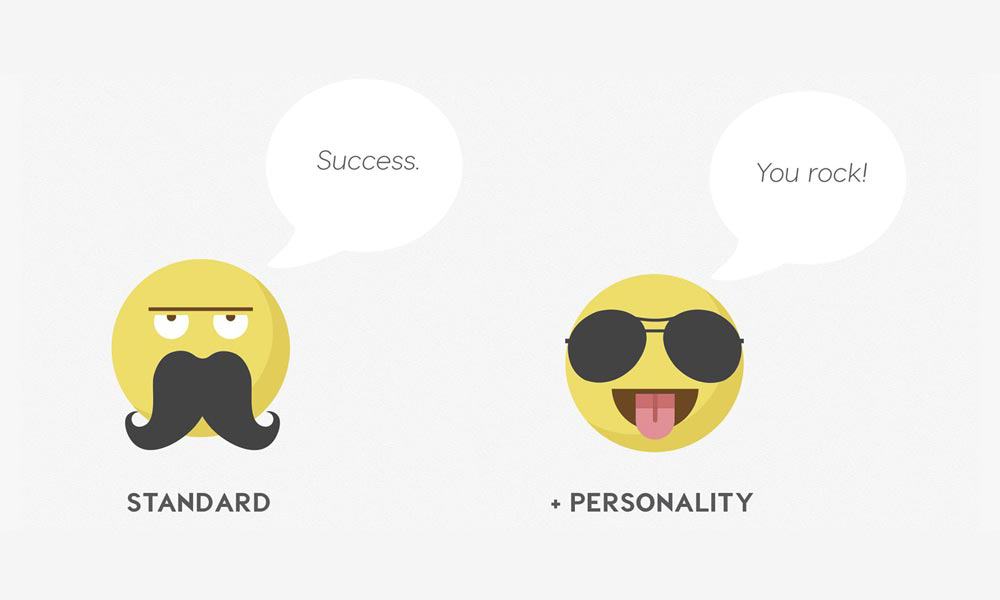
Your brand voice will decide how you will communicate with your audience.
It may be the most crucial part of your brand’s personality.
It will dictate how you will write blog posts, Facebook statuses, tweets, comments, emails, ads, and Instagram captions.
Your brand voice can be formal or casual; funny or serious.
It can be anything, really, as long as it resonates with your target audience.
Before you decide on a brand voice, take some time to get to know your target audience.
You can get information about your customers by using tools such as Facebook Insights or Google Analytics.
What type of customer is your perfect customer? Find out how old they are, what they do, and what their interests are.
Using a friendly and casual voice may be a good idea if Gen Zers are your target audience.
You can even use GIFs and memes when engaging with them.
A professional yet friendly tone is a better choice if your target audience is mostly comprised of entrepreneurs, business owners, or career-oriented professionals.
You need to decide what is acceptable and what is not.
For instance, will slang, colloquialisms, or abbreviations be acceptable? Are you going to use emoticons?
Wendy’s is an excellent example of how a company can bring its brand voice to life.
Wendy’s playful and witty voice has garnered a tremendous amount of attention.
Wendy’s brand strategy targets millennials and Gen Zers.
The company has been working to position itself as the hippest place to grab a bite.
On Twitter, Wendy’s regularly cracks edgy jokes, roasts fans, and calls out competitors.
All of the retweets, likes and laughs it gets deliver tangible results.
Maintain Consistency
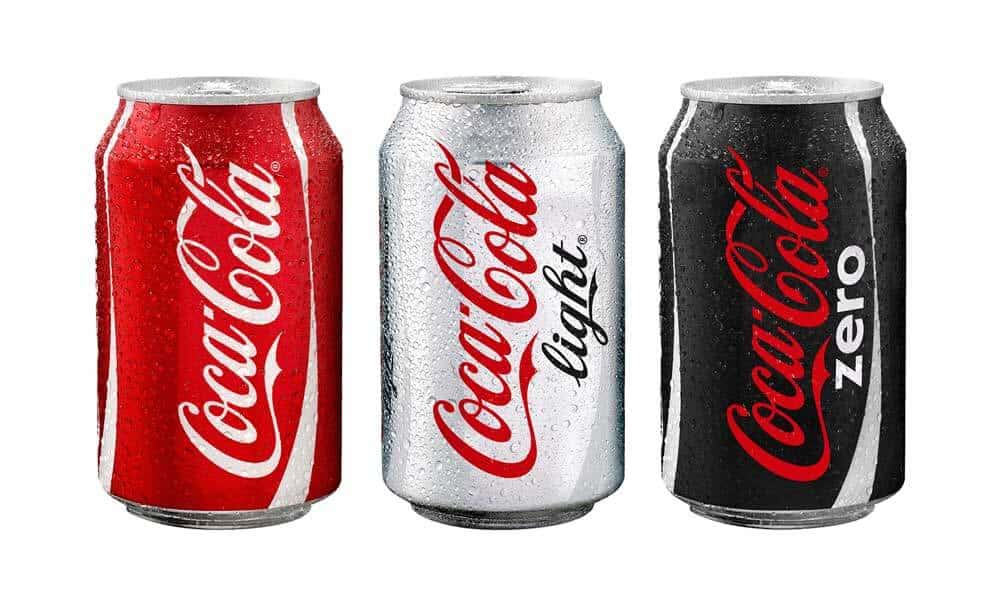
Your brand needs to be consistent if you want to build a strong brand image.
Consistency is vital when it comes to your messaging, colours, fonts, voice, and everything else that has to do with your brand.
It will make your brand more memorable.
If red and yellow are the colours of your logo design, you should also use the same scheme in your ads, packaging, and social media.
Your brand’s personality and tone should be consistent across all channels. Your site and your blog are integral parts of your brand as well.
Every piece of content you publish should carry your brand voice.
If you allow guest blogs on your site, every guest post should be in line with your brand values and use the same tone you use.
Staying faithful to your promises is also key to brand consistency. If you promise same-day delivery, do your best to stick to it.
In case you are not able to deliver on your promise, do everything you can to make it up to the customer.
Lay’s, Hershey’s, Nike, and Coca-Cola are a few good examples of consistent branding strategies.
Chances are, you remember them by their logos, fonts, or slogans.
They haven’t changed much over the years.
People are more likely to notice and internalise your values if you are consistent in your branding.
So, if your visuals and your brand’s voice start to bore you, don’t worry.
It’s a sign that you are doing an excellent job of maintaining brand consistency.
Build a Community Around Your Brand

You can leverage your brand’s mission to build a community around your brand.
It can help you increase awareness of your brand and build a strong brand image.
Identify an area of interest that is relevant to your target audience and your brand. It could be anything, from fashion to sustainability.
To involve other people who are interested in it, start a conversation around the topic.
For instance, you can create a Facebook Group, LinkedIn group, or a forum on your website.
You can get members of your target audience to engage in conversations by posting stories, GIFs, videos, news bits, or photos that are relevant to the topic.
To get more engagement, you can conduct polls, ask open-ended questions, and listen to what the members of the community have to say.
If moms or moms-to-be are your target audience, you can post content about bringing up babies.
If you are in the travel business, you can share travel tips or post fun facts about different locations.
You can also build a community around your brand by starting a club or organising events.
For instance, Nike started its own Nike+ Run Club.
The Nike+ Run Club allows runners to connect and train.
Every user can create or join various challenges. They can create challenges for the whole community of just for their select group of running friends.
The community has helped Nike position itself as a brand that cares about fitness.
Take a Stand
According to a Sprout Social study, around two-thirds of consumers think that it is either very important or somewhat necessary for brands to take a stand on political or social issues.
And according to the 2018 Edelman Earned Brand study, belief-driven consumers are now the majority across the major world markets (57% in the UK, 60% in Japan, 54% in Germany, 59% in the US).
The same study found that nearly two-thirds of those belief-driven consumers choose, boycott, avoid, or switch brands based on their stand on social or political issues.
You can bring your brand into the spotlight by taking a bold stance on a social cause that both you and your target audience care about.
You can use your brand to spread a positive message and show consumers that you genuinely care about social or environmental issues.
By showcasing how socially conscious you are, you will give your audience one more reason to trust you and buy your products or services.
Many brands fear that they will lose some customers if they take a stance on social issues.
It is true. In today’s polarising world, you will probably lose a few customers if you publicly support a specific cause.
But do it the right way, and you will earn many loyal brand followers.
Losing a small handful of customers to gain an army of new ones should pay off.
The famous manufacturer of feminine hygiene products, Always, is an excellent example of how a company can use this strategy to get its brand noticed.
To support the empowerment of women and girls, Always created the #LikeAGirl campaign.
The brand knew that a very low percentage of women have a positive association with this expression.
To change that, the brand strategies were to create a video that shows that doing things like a girl is awesome.
According to research conducted by Procter and Gamble, the owner of the brand, 76% of girls and women that watched the #LikeAGirl Super Bowl ad no longer considered the phrase to be an insult.
Not only that, but the research also claims that 66% of men who watched the video no longer have negative associations with the phrase.
You can rest assured that Always got much positive publicity by taking up the cause.
Involve Consumers in Brand Advocacy
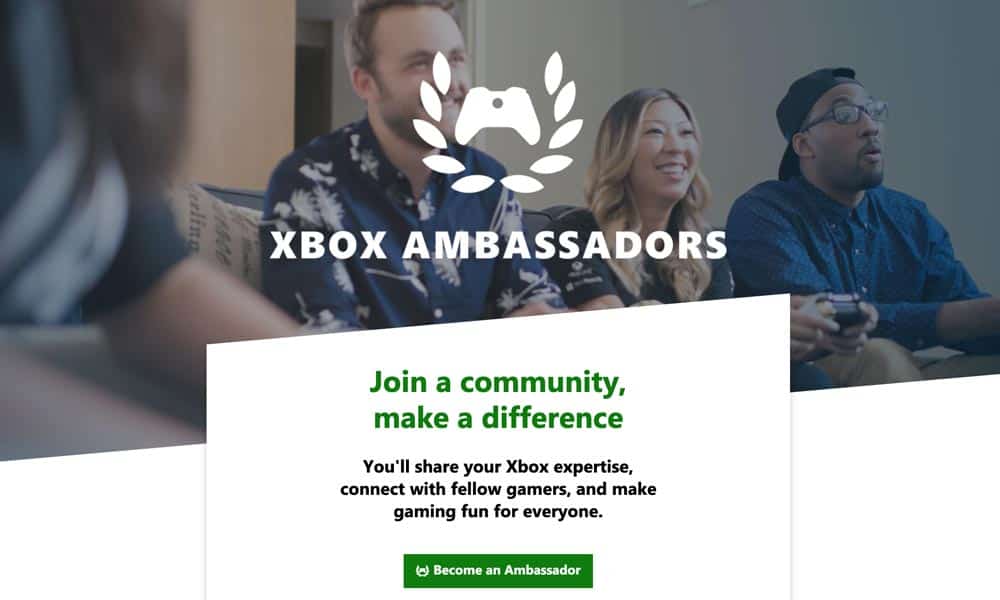
One of the best ways to promote your brand is to get your customers to do it for you.
You can encourage your customers to create content that is related to your branding strategies.
Content has become one of the best tools in branding and marketing.
And user-generated content is often the most powerful type of content.
It allows you to draw attention to your brand without seeming too promotional.
Some consumers don’t trust brands because let’s face it; many brands use “smoke and mirrors” to improve their image.
But those consumers trust other consumers.
User-generated content is useful because it’s coming from ordinary people, not paid promoters.
Encourage your customers to share photos, videos, and stories about your brand on social media. You can even create contests and relevant hashtags.
Let’s say you have a travel agency that promotes travel packages around Europe and you want to organise a photo contest.
To participate in the contest, one has to share a photo from one of their European holidays on Facebook.
The post should include your branded hashtag and a caption explaining why the destination is worth visiting.
The winner is the person whose posts gets the most likes.
The prize? A paid trip to the destination from the photo.
These types of contests are fun and exciting for consumers, build positive brand associations, boost brand visibility, and leave brands with valuable user-generated content they can use to promote their business further.
What branding strategies have worked for you this year? What brand strategy have we missed? Let us know in the comments below.
Author Bio: Michael has been working in marketing for almost a decade and has worked with a vast range of clients, which has made him knowledgeable on many different subjects. He has recently rediscovered a passion for writing and hopes to make it a daily habit. You can read more of Michael’s work at Qeedle.
